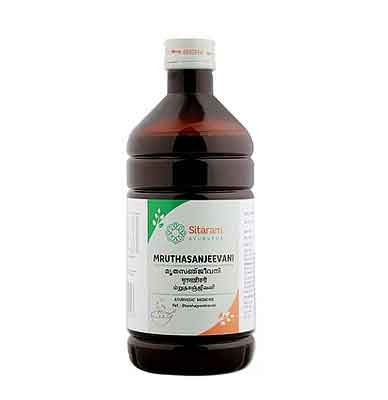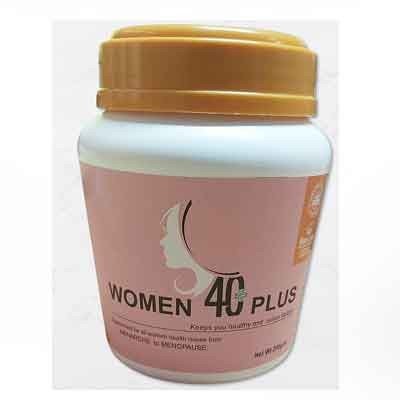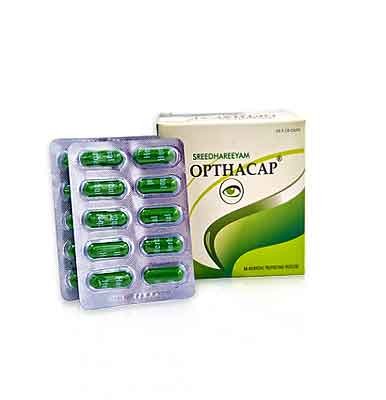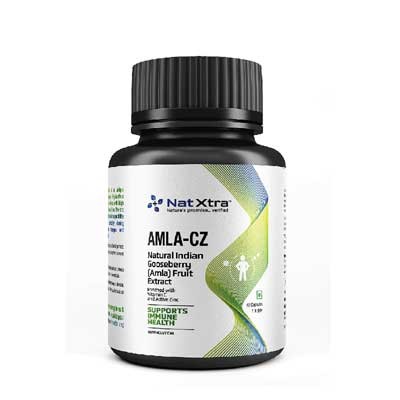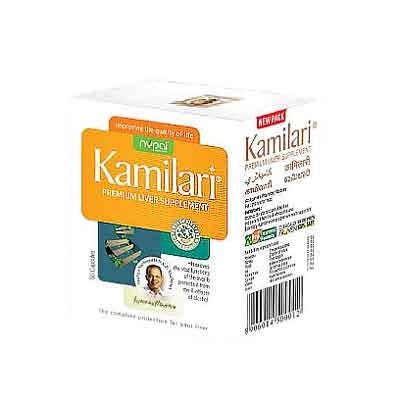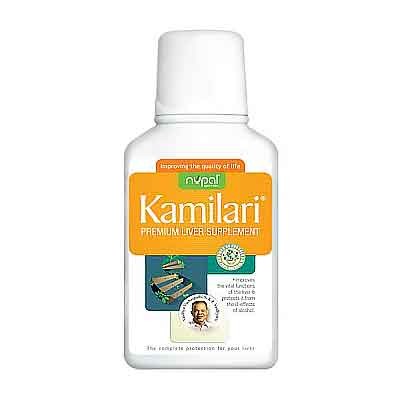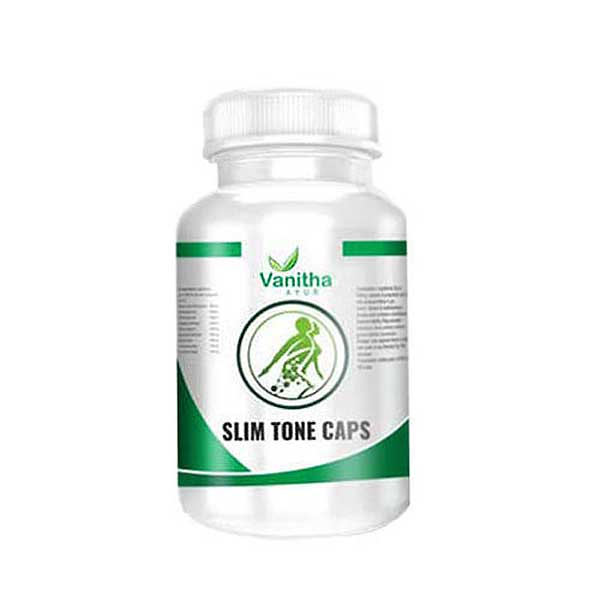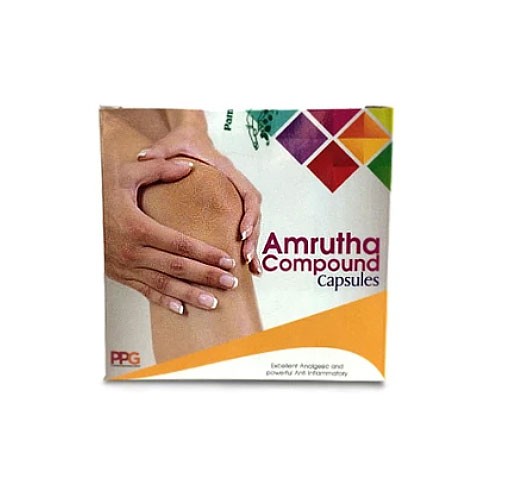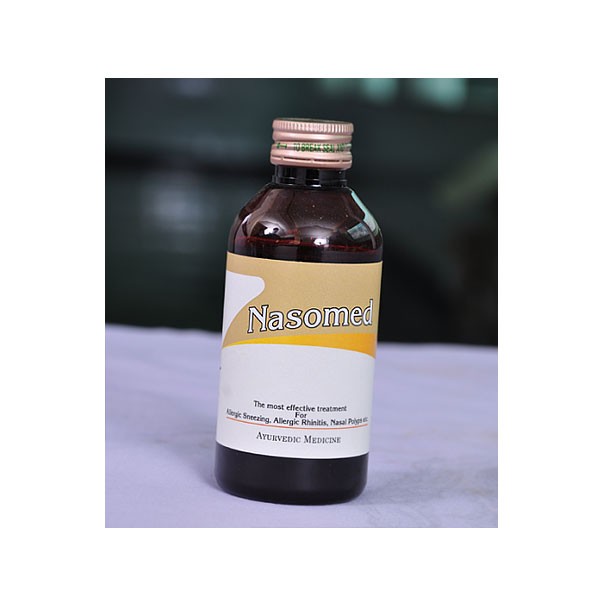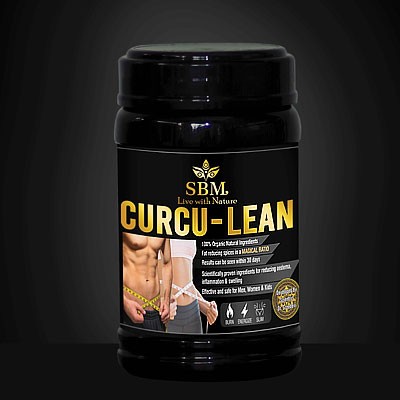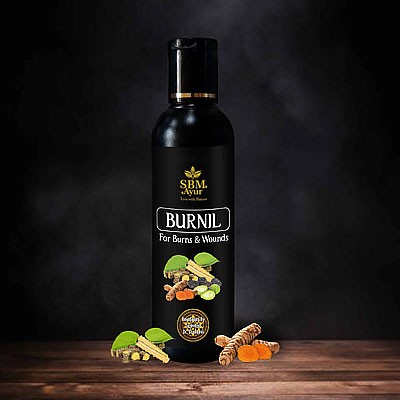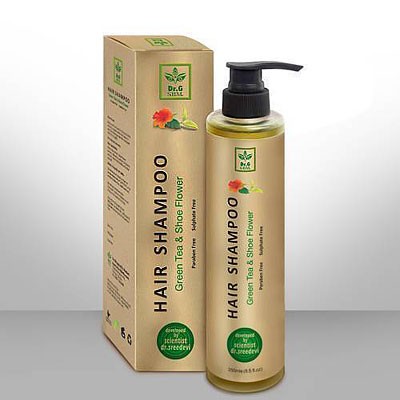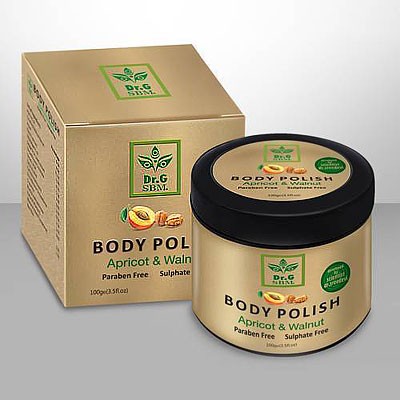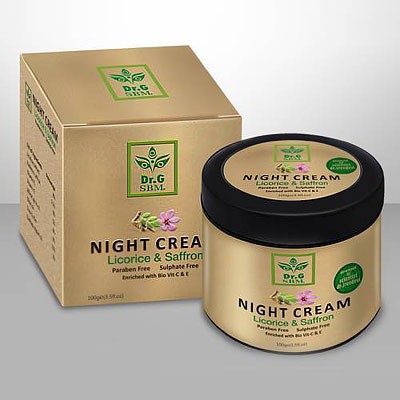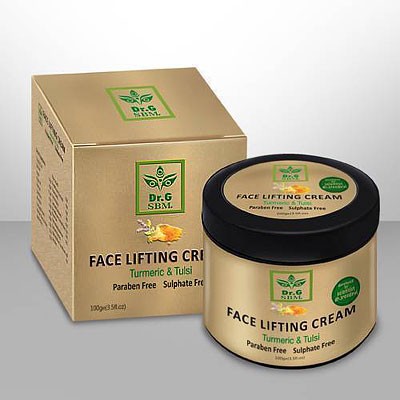Child: 10-15 ml once or twice daily after food.
Key ingredients and their properties
GUDA
Jaggery is known to produce heat and provides instant energy to the human body. It prevents constipation due to its laxative property and activates digestive enzymes. As per Ayurveda, eating Jaggery daily after meals improves digestion due to its Ushna (hot) property.
DADIMA(Punica granatum)
Commonly known as pomegranate. It has anti-carcinogenic and anti-inflammatory components, which are effective in the prevention and treatment of cancer and other chronic and infectious diseases. It is a well-recommended fruit for anemic persons.
AGNIMANTHA (Premna integrefolia)
The extracts of Agnimantha play a vital role in improving skin glow, and texture. It prevents dark circles, blemishes, breakouts, scars left after the healing of acne, suntans, and various signs of aging and provides a natural radiance to the skin.
ATIVISHA (Aconitum heterophyllum)
Atis is effective in maintaining a healthy digestive system due to its carminative property. It is also helpful in diarrhea as it inhibits the growth of pathogenic microorganisms due to its antibacterial activity. Atis might also aid in weight loss as it lowers the levels of triglycerides and increases levels of HDL- cholesterol (“good cholesterol”). As per Ayurveda, it helps manage the symptoms of diabetes due to its Tikta (bitter) and Kapha balancing properties. Atis powder when consumed with honey helps to manage cough and cold due to its Ushna (hot) nature and removes the accumulated mucus.
ASWAGANDHA (Withania somnifera)
Ashwagandha is commonly used for stress. It is also used as an “adaptogen” for many other conditions, but there is no good scientific evidence to support these other uses. Ashwagandha contains chemicals that might help calm the brain, reduce swelling (inflammation), lower blood pressure, and alter the immune system. The root contains steroidal compounds which include the lactones Withaferin A and carbon-27-glycowithanolide, known collectively as the Withanolides. The Withanolides are responsible for the varied medicinal applications of the herb. Winter Cherry also contains a fair amount of alkaloids including tropine, pseudotropine, isopelletrine, anaferine and saponins, which impart medicinal properties to the herb.
DEVADARU (Cedrus deodara)
Himalayan cedar is very effective in neurological disorders, asthma, pruritis, and infected wounds. Devadaru is also effective in arthritis and headache. Deodar oil contains two major sesquiterpenoids a – and ß- himachalenes. Deodardione and deodardione are also isolated from the essential oil. The oil shows invitro antibacterial, antifungal and anti-inflammatory activity.
VILVA (Aegle marmelos)
The Bael tree or Bilva (in Sanskrit) is an ancient Ayurvedic tree known for its spiritual and medicinal importance. It is one of the Dashamoola (group of ten roots) herbs. Belpatra is said to have anti-inflammatory properties and can be applied on any inflamed region for quick relief. Bael is said to have anti-fungal and anti-viral properties, due to which it is used in treating a number of infections in our body.
AGNIMANTHA (Premna integrefolia)
The extracts of Agnimantha play a vital role in improving skin glow, and texture. It prevents dark circles, blemishes, breakouts, scars left after the healing of acne, suntans, and various signs of aging and provides a natural radiance to the skin.
SHYONAKA (Oroxylum indicum)
It detoxifies the blood, cleanses wounds and helps in faster healing.
GAMBARI ( Gmelina arborea)
One of the dashamoola roots, it effectively reduces inflammation and improves wound healing. The potent antioxidant properties help in cleansing the blood and removing the dullness of skin and wrinkles.
PATALA ( Stereospermum suaveolens)
The herb is highly effective in purifying the blood. It also treats burns, wounds, reduces blisters, and provides relief from pain and burning sensation.
SHALAPARNI (Desmodium gangeticum)
The extract is highly beneficial in treating allergic conditions and skin infections and provides relief from redness, itching, and dryness.Being an amazing skin emollient, this prickly dried fruit of the gokshura tree treats skin infections and inflammatory conditions. It also helps in treating the various signs of aging like wrinkles, fine lines, dark circles, etc and bestows smooth, glowing revitalized skin.
BRIHATI( Solanum indicum )
The use of Brihati in this oil helps reduce Vata disorders. It treats different types of skin infections and nourishes and rejuvenates the skin.
KANTAKARI (Solanum virginianum)
The Kusthahara property of this herb holds high value in treating skin diseases, helping in wound healing and promoting skin health. Yellow Berried Nightshade is one of the chief ingredients in Dashamoola Rasayanam, an Ayurvedic preparation for the treatment of respiratory ailments. The herb is also a digestive and carminative, which facilitates the treatment of gastrointestinal problems.
GOKSHURA(Tribulus terestris)
Being an amazing skin emollient, this prickly dried fruit of the gokshura tree treats skin infections and inflammatory conditions. It also helps in treating the various signs of aging like wrinkles, fine lines, dark circles, etc and bestows smooth, glowing revitalized skin. Land Caltrops have been used for centuries as a general tonic by the Ancient Greeks. It is used in Ayurvedic medicine to maintain efficient kidney and urinary functions and in reducing renal discomfort. It is effective in treating urinary tract disorders because it promotes the flow of urine and cools and soothes the membranes of the urinary tract. Land Caltrops has also been described as an aphrodisiac in Ayurveda.
ERANDA (Ricinus communis)
All the parts of this herb have medicinal value. Castor seeds and seed oil is used since ancient times to cure disorders like rheumatism, worm infestation, and abdominal disorders. External application of this oil is used to relieve boils, furuncles, and various skin-related disorders.
PUNARNAVA( Boerhaavia diffusa)
Punarnava, a potent ayurvedic has immense health benefits and has been in use since ancient times in treating a host of health anomalies. Commonly known as Hogweed, Sterling, Tarvine in English, Mukarati Kirei in Tamil, Raktakunda, and Shothaghni in Sanskrit, it goes by the botanical name Boerhavia diffusa. Punarnava has powerful analgesic and anti-inflammatory properties, which is extremely beneficial in reducing joint and muscle pain, thereby reducing the chances of chronic autoimmune inflammatory diseases like rheumatoid arthritis.
USHIRA (Vetiveria zizanioides)
Khas-Khas is a popular cooling agent and has an amazing aroma. It pacifies aggravated Kapha and Pitta, purifies blood, relieves thirst, fatigue & burning micturition. Sri Sri Tattva Ushira Syrup is a concentrate of the herb Ushira, this can be added to Milk or Lemon Juice and can act as a Sharbat (Flavoured syrup).
CHANDANA(Santalum album)
Sandalwood or Svetchandan is also known as Srigandha as per Ayurveda. It is one of the oldest and most precious sources of natural fragrance with immense medicinal and commercial significance. Sandalwood oil has various benefits for the skin. The topical application of sandalwood oil on the face helps promote skin cell growth. Generally, it is considered the best remedy for headaches when applied in the form of paste or oil. Inhalation of Sandalwood oil also helps to manage respiratory infections that work by reducing the inflammation in the lung airways due to its anti-inflammatory property.
